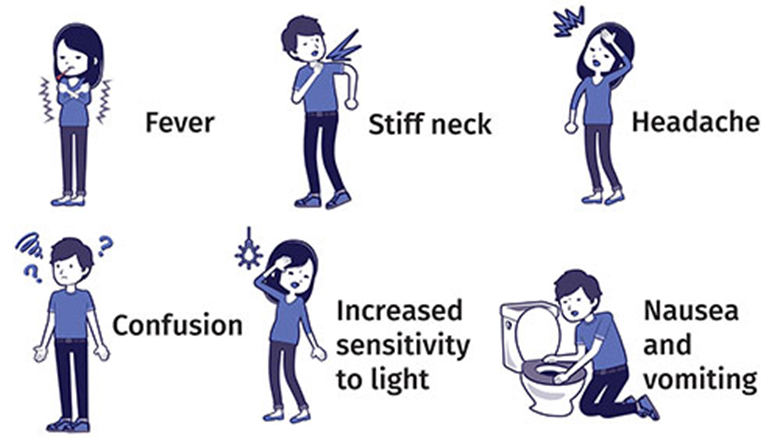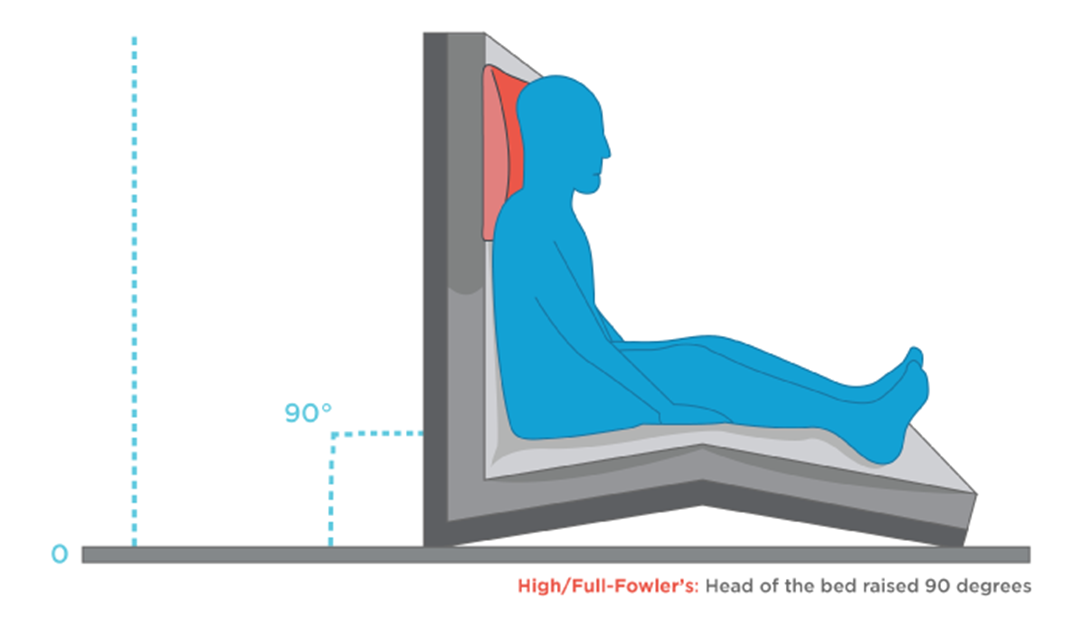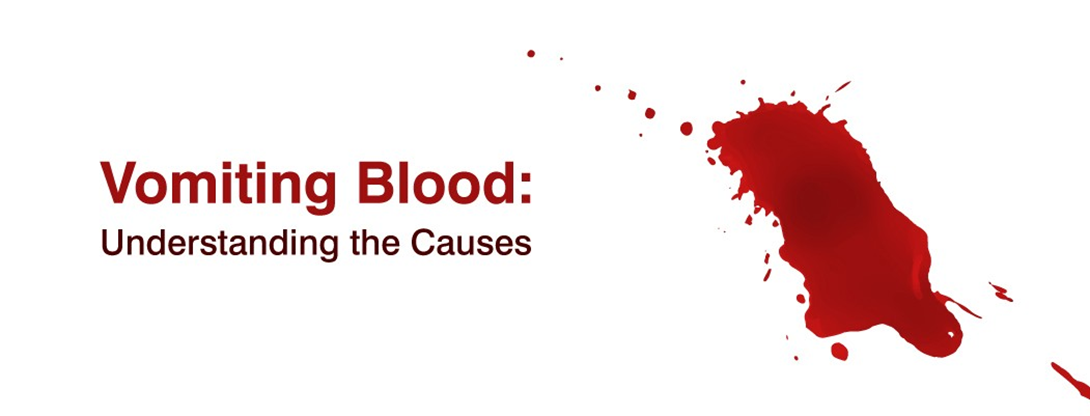A client presents with the onset of a severe headache, fever, nuchal rigidity, and a petechial rash on arms and legs. The nurse recognizes the client is exhibiting symptoms of which condition?
Rocky Mountain spotted fever.
Intracerebral hemorrhage.
Cerebrovascular accident (CVA).
Meningococcal meningitis.
The Correct Answer is D
Choice A reason: Rocky Mountain spotted fever is not the most likely condition for the client who has a severe headache, fever, nuchal rigidity, and a petechial rash on arms and legs. Rocky Mountain spotted fever is a bacterial infection transmitted by ticks that causes a distinctive rash that usually begins on the wrists and ankles and spreads to the rest of the body. The rash is not limited to the arms and legs, and the client may also have other symptoms such as nausea, vomiting, abdominal pain, and muscle aches.
Choice B reason: Intracerebral hemorrhage is not the most likely condition for the client who has a severe headache, fever, nuchal rigidity, and a petechial rash on arms and legs. Intracerebral hemorrhage is a type of stroke that occurs when a blood vessel bursts inside the brain, causing bleeding and swelling. The rash is not a typical sign of intracerebral hemorrhage, and the client may also have other symptoms such as weakness, numbness, vision loss, confusion, and loss of consciousness.
Choice C reason: Cerebrovascular accident (CVA) is not the most likely condition for the client who has a severe headache, fever, nuchal rigidity, and a petechial rash on arms and legs. CVA is another term for stroke, which occurs when the blood supply to a part of the brain is interrupted, causing brain tissue damage. The rash is not a common sign of CVA, and the client may also have other symptoms such as facial drooping, slurred speech, difficulty swallowing, paralysis, and cognitive impairment.
Choice D reason: Meningococcal meningitis is the most likely condition for the client who has a severe headache, fever, nuchal rigidity, and a petechial rash on arms and legs. Meningococcal meningitis is a bacterial infection that causes inflammation of the membranes that cover the brain and spinal cord. The rash is a characteristic sign of meningococcal meningitis, which can appear as small red or purple spots that do not fade when pressed. The client may also have other symptoms such as nausea, vomiting, sensitivity to light, confusion, and seizures.

Nursing Test Bank
Naxlex Comprehensive Predictor Exams
Related Questions
Correct Answer is C
Explanation
Choice A reason: This is incorrect because monitoring pulse oximetry every 2 hours is not a sufficient or timely intervention for the nurse to implement. Pulse oximetry is a noninvasive method of measuring the oxygen saturation of hemoglobin in the blood. Normal oxygen saturation is 95% to 100%, while hypoxemia is less than 90%. However, pulse oximetry may not reflect the severity of respiratory distress or the effectiveness of nebulizer treatment in a client with asthma. Moreover, monitoring pulse oximetry every 2 hours is too infrequent for a client who is in acute respiratory distress and needs more frequent assessment and intervention.
Choice B reason: This is incorrect because teaching proper use of a rescue inhaler is not a priority or relevant intervention for the nurse to implement. A rescue inhaler is a type of short-acting bronchodilator that can be used to relieve acute asthma symptoms by relaxing the smooth muscles of the airways and improving airflow. However, teaching proper use of a rescue inhaler is not an urgent action for a client who is already receiving nebulizer treatment, which delivers a higher dose of medication directly to the lungs. Moreover, teaching proper use of a rescue inhaler is not appropriate for a client who is in respiratory distress and may not be able to focus or retain information.
Choice C reason: This is correct because elevating the head of bed to 90 degrees is the most important intervention for the nurse to implement. Elevating the head of bed to 90 degrees can help improve breathing and oxygenation by reducing pressure on the diaphragm and chest wall, increasing lung expansion and ventilation, and facilitating expectoration of mucus. This can enhance the effects of nebulizer treatment and reduce respiratory distress in a client with asthma.

Choice D reason: This is incorrect because determining exposure to asthmatic triggers is not an immediate or helpful intervention for the nurse to implement. Asthmatic triggers are substances or factors that can cause or worsen asthma symptoms by inducing inflammation or constriction of the airways. Examples of asthmatic triggers include allergens, irritants, infections, exercise, stress, or weather changes. However, determining exposure to asthmatic triggers is not a priority action for a client who is in respiratory distress and needs more urgent interventions to improve breathing and oxygenation. Moreover, determining exposure to asthmatic triggers may not change the management or outcome of an acute asthma attack that has already occurred.
Correct Answer is A
Explanation
Choice A reason: Gastroccult positive emesis indicates the presence of blood in the vomit, which is a sign of a serious complication such as anastomotic leak, ulcer, or bleeding. The nurse should notify the physician and monitor the client's vital signs and hemoglobin level.
Choice B reason: Strong foul smelling flatus is a common side effect of BPD, which involves bypassing a large portion of the small intestine and creating a connection between the stomach and the colon. This results in malabsorption and bacterial overgrowth, which produce gas and odor.
Choice C reason: Complaint of poor night vision is a sign of vitamin A deficiency, which can occur after BPD due to reduced absorption of fat-soluble vitamins. The nurse should advise the client to take vitamin supplements and eat foods rich in vitamin A, such as carrots, sweet potatoes, and spinach.
Choice D reason: Loose bowel movements are another common side effect of BPD, which causes diarrhea and steatorrhea (fatty stools). The nurse should encourage the client to drink fluids with electrolytes and avoid foods that worsen diarrhea, such as greasy, spicy, or sugary foods.
Whether you are a student looking to ace your exams or a practicing nurse seeking to enhance your expertise , our nursing education contents will empower you with the confidence and competence to make a difference in the lives of patients and become a respected leader in the healthcare field.
Visit Naxlex, invest in your future and unlock endless possibilities with our unparalleled nursing education contents today
Report Wrong Answer on the Current Question
Do you disagree with the answer? If yes, what is your expected answer? Explain.
Kindly be descriptive with the issue you are facing.
